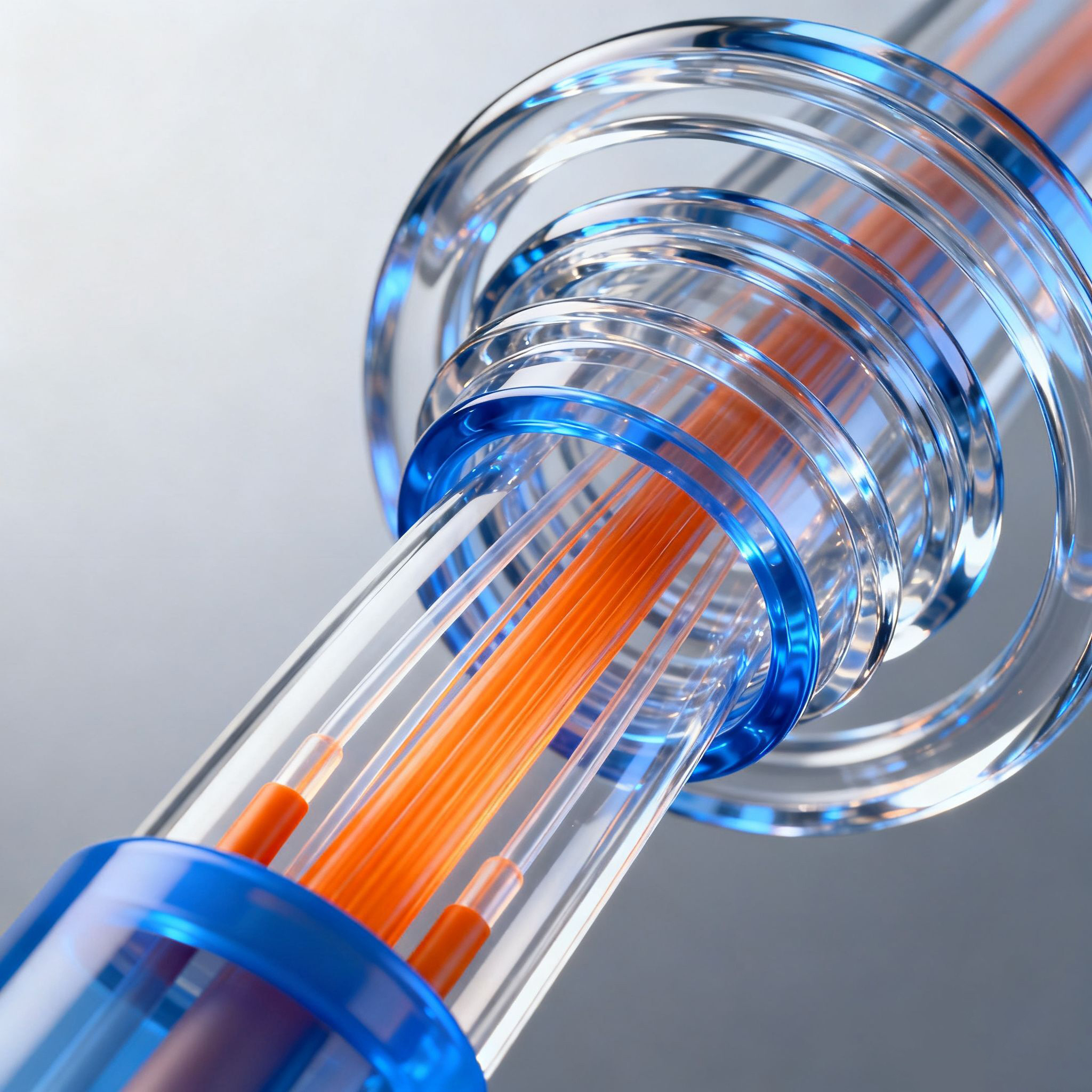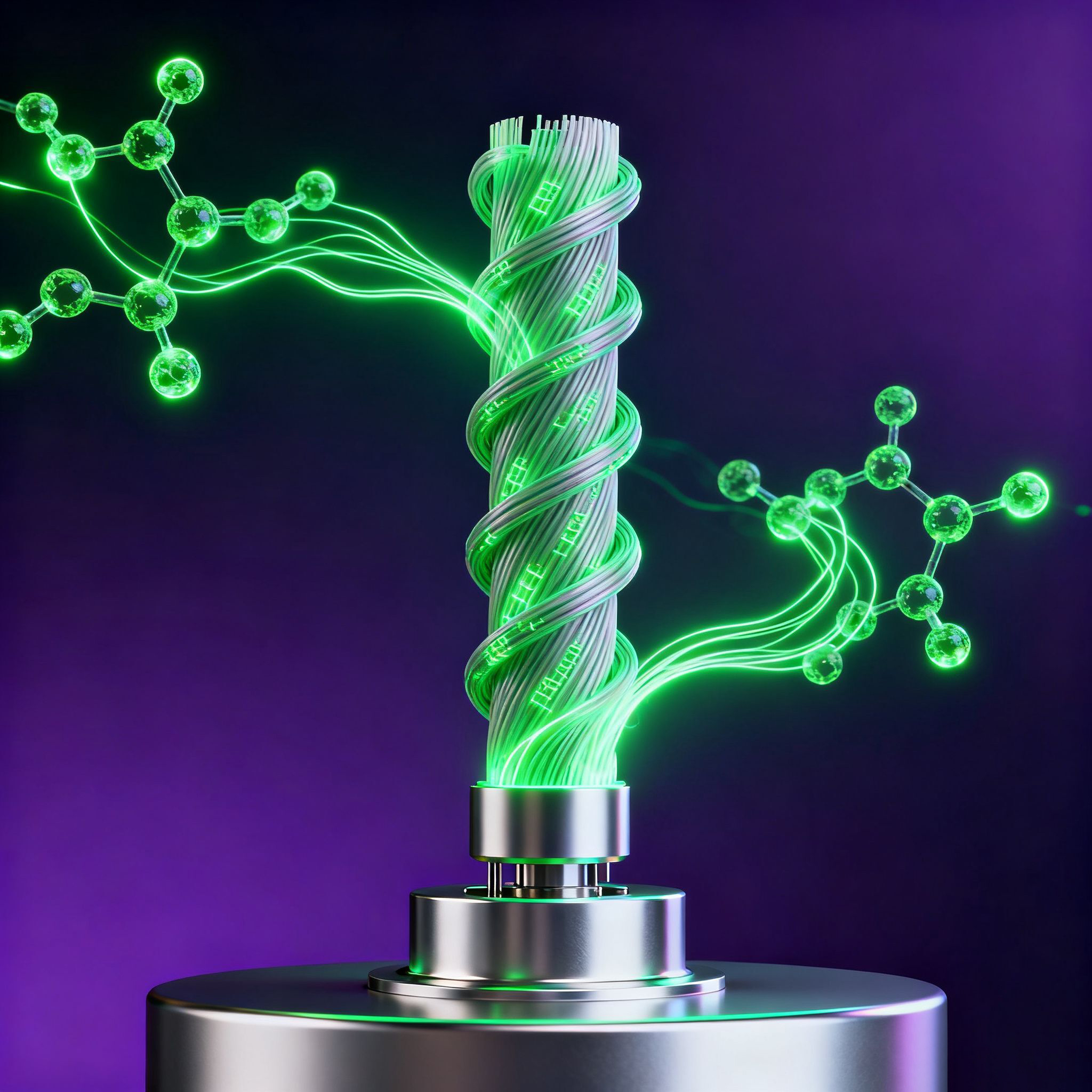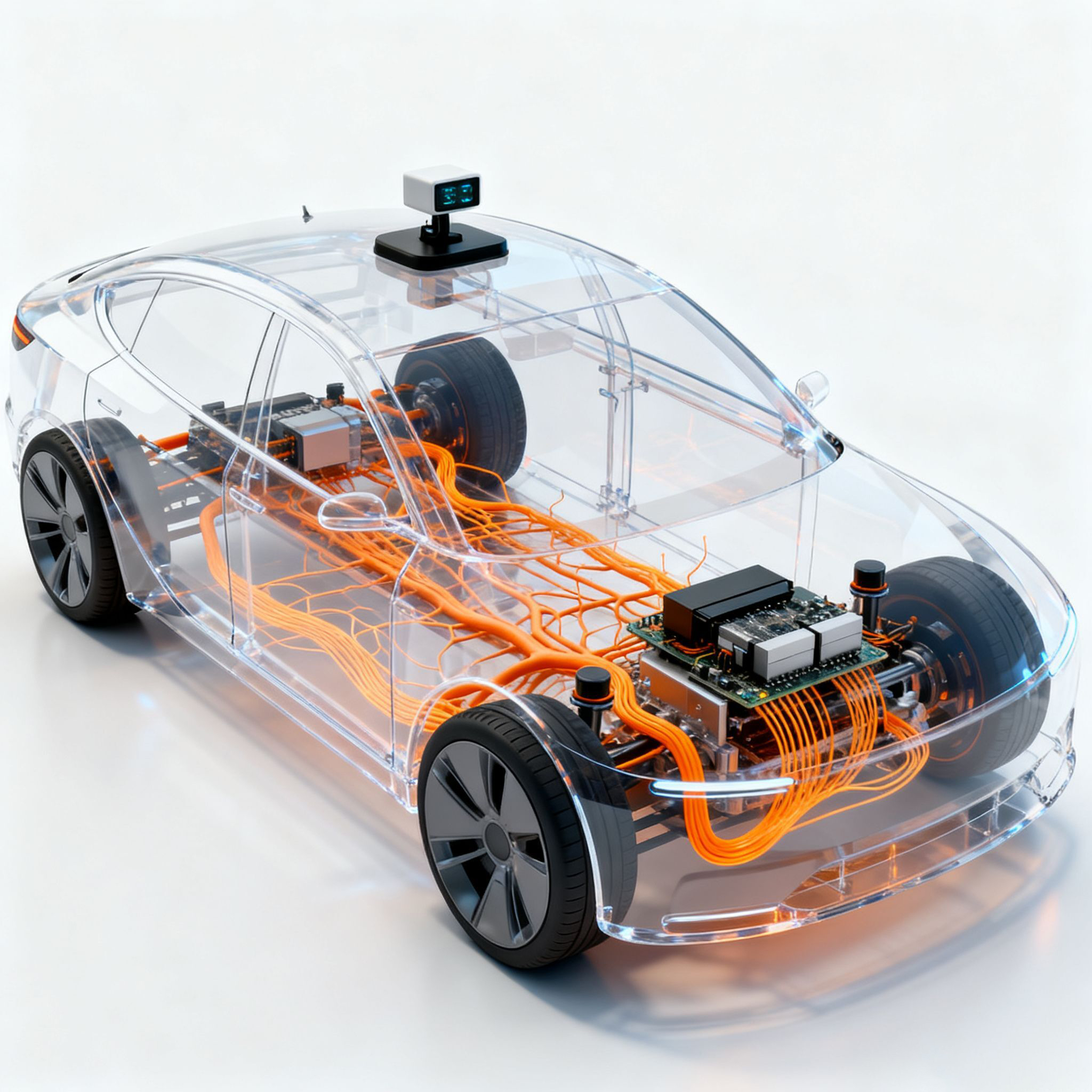Polycarbonate plastic optical fiber: The Magic of Letting Light “run” through plastic
Have you ever thought that light can not only run through glass but also shuttle through plastic? Polycarbonate plastic optical fiber is such a magical material. It enables optical signals to be transmitted through plastic fibers, quietly changing our lives.

You may not be familiar with polycarbonate, but it is actually all around us – from bulletproof glass to mobile phone casings, you can find its presence everywhere. And making it into optical fibers is like endowing this universal material with new superpowers. Compared with traditional glass optical fibers, plastic optical fibers are softer and more durable. Even when bent, they are less likely to break, which makes them perform well in many specific scenarios.
Imagine that the smart lighting system in your home might be transmitting control signals through thin plastic optical fibers. The complex network inside a car often relies on this lightweight and reliable optical fiber to transmit data. Even in the medical field, some endoscopes and diagnostic devices have begun to adopt plastic optical fibers because they are both safe and flexible.
However, the most attractive aspect of polycarbonate plastic optical fibers might lie in their ability to balance performance and cost. Although glass optical fibers have higher transmission efficiency, they are complex to manufacture and costly. Plastic optical fibers perform well in short-distance transmission while being much more affordable. This is just like commuting in the city – you don’t need the ultimate speed of an F1 car; a nimble and fuel-efficient car is actually more practical.
Of course, this material also has its own challenges. The performance of polycarbonate will be compromised in high-temperature environments, and it may also age when exposed to strong light for a long time. Scientists are striving to make it more stable and reliable in various environments by adding special coatings and improving material formulas.
In the future, with the popularization of the Internet of Things and smart homes, polycarbonate plastic optical fibers may find more applications. Imagine that every appliance and every lamp in your home is connected through invisible optical fibers, which not only avoids electromagnetic interference but also enables high-speed communication – this is the smart life picture that plastic optical fibers may bring.
From the laboratory to daily life, polycarbonate plastic optical fibers have proved that even seemingly ordinary materials can be rejuvenated through technological innovation. It may not be as eye-catching as 5G or artificial intelligence, but it quietly builds Bridges connecting the world in places we can’t see. The next time you press the switch and the lights come on instantly, perhaps you can think about it – maybe it’s the photons in these plastic fibers that are busy running around for you.





